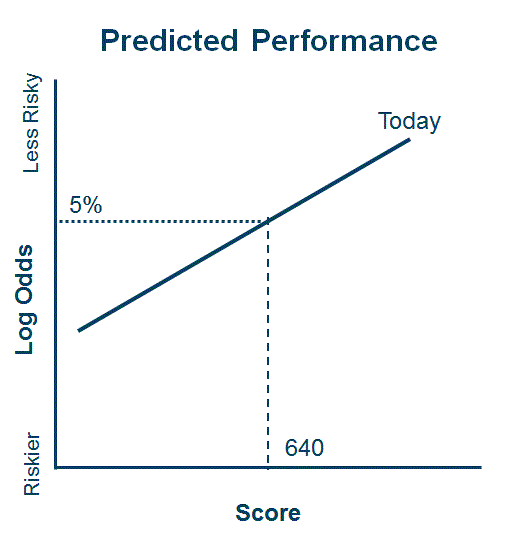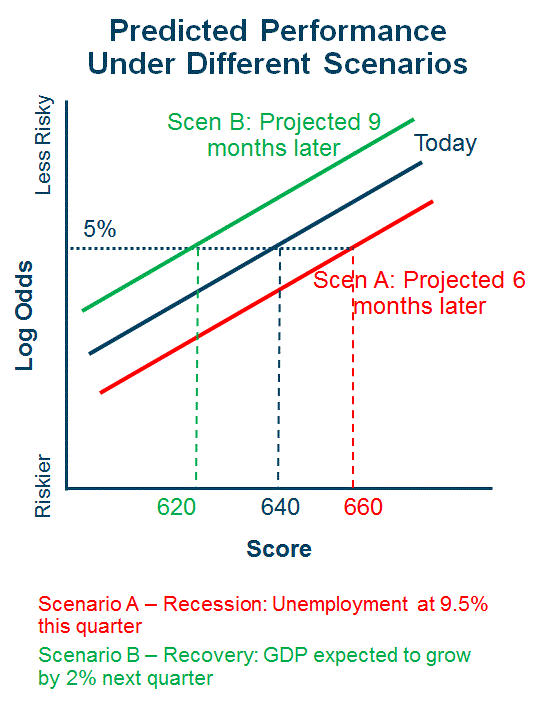Building a Stress Test Lab — Customer-Level Stress Tests
In my last post I discussed how important stress testing is to our credit risk management work. Generally, we think of stress testing a bank, or a portfolio of assets. But in fact,…

In my last post I discussed how important stress testing is to our credit risk management work. Generally, we think of stress testing a bank, or a portfolio of assets. But in fact, we can improve risk management by building customer-level stress testing into our stress test lab.
This might sound like a strange idea, but let me digress a little.
Risk managers oversee day-to-day decisions that comprise the portfolio-level panorama. Applications need to be approved, collections actions must be taken, transactions’ pay/no pay decisions are demanded, and so forth. A risk manager needs to know how all those individual decisions will perform — and every risk manager knows that this performance may well take place in a very different economic future.
Let’s take just one of these decisions, the application approval based on a credit score. How do we define a credit score cut-off today? Normally, we’ll use the Log Odds per Score graph to set the cut-off based on our risk appetite:
But what happens if the economy changes — how does that affect the probability of default (PD)? Using macroeconomic data, we can create a forward-looking view of performance by score. That might look something like this:
Any analytic decision taken during the day-to-day risk management cycle can be projected into a risk-adjusted future based on macroeconomic data. This means that a risk manager can stress-test the decisions according to future scenarios, and prepare the decisions and the portfolio for the most likely future scenario. This approach and methodology definitely increases the expected profitability, and therefore direct affects the RAROC.
Customer/account-level stress testing can also support operational forecasting, helping the risk manager to predict the volumes and resources needed to support the scenarios. Considering the time needed to hire and train credit experts, this is a huge competitive advantage. It helps the operation to perform better, controls costs and again impacts RAROC.
New data management technology, including Big Data analytics and cloud processing, increasingly provide enough information to create such a detailed environment. Let’s discuss this in a future blog.
Popular Posts

Business and IT Alignment is Critical to Your AI Success
These are the five pillars that can unite business and IT goals and convert artificial intelligence into measurable value — fast
Read more
FICO® Score 10T Decisively Beats VantageScore 4.0 on Predictability
An analysis by FICO data scientists has found that FICO Score 10T significantly outperforms VantageScore 4.0 in mortgage origination predictive power.
Read more
Average U.S. FICO Score at 717 as More Consumers Face Financial Headwinds
Outlier or Start of a New Credit Score Trend?
Read moreTake the next step
Connect with FICO for answers to all your product and solution questions. Interested in becoming a business partner? Contact us to learn more. We look forward to hearing from you.


